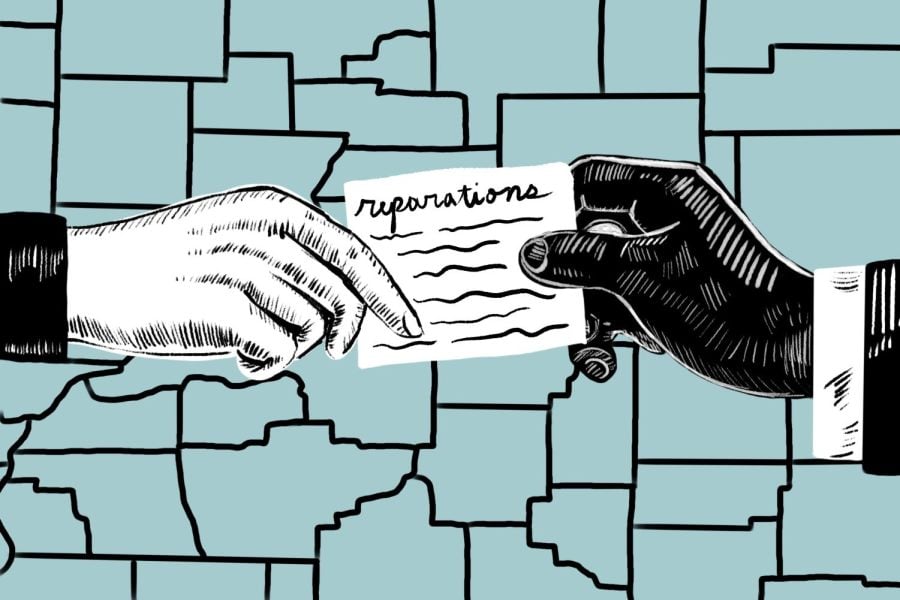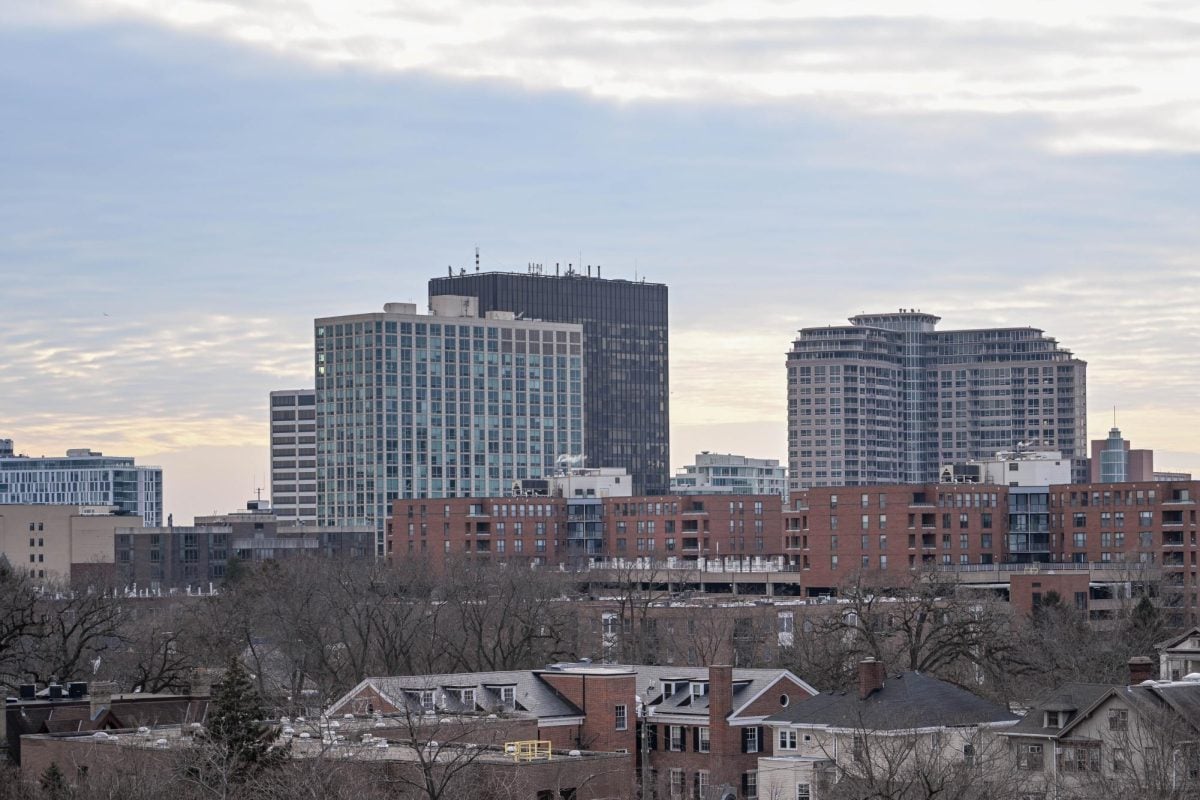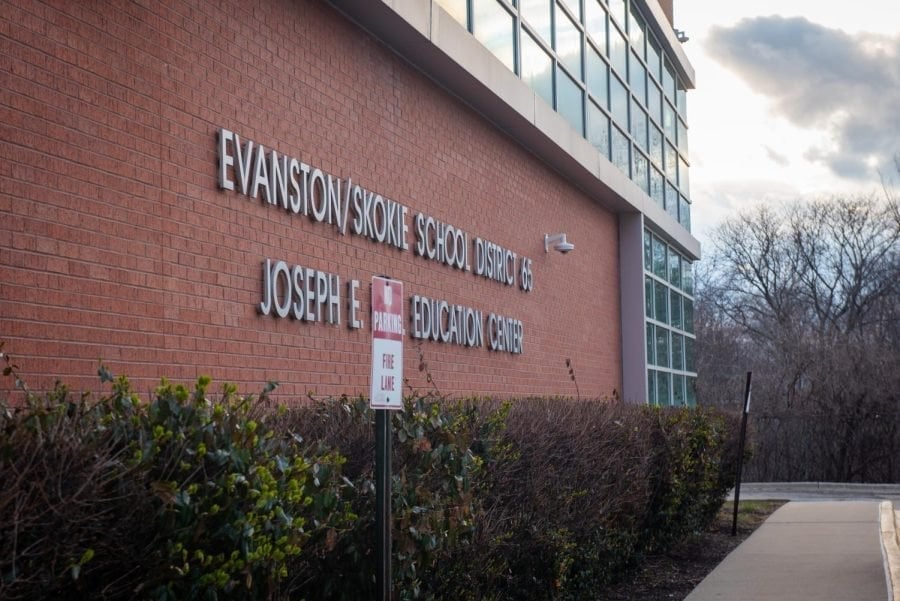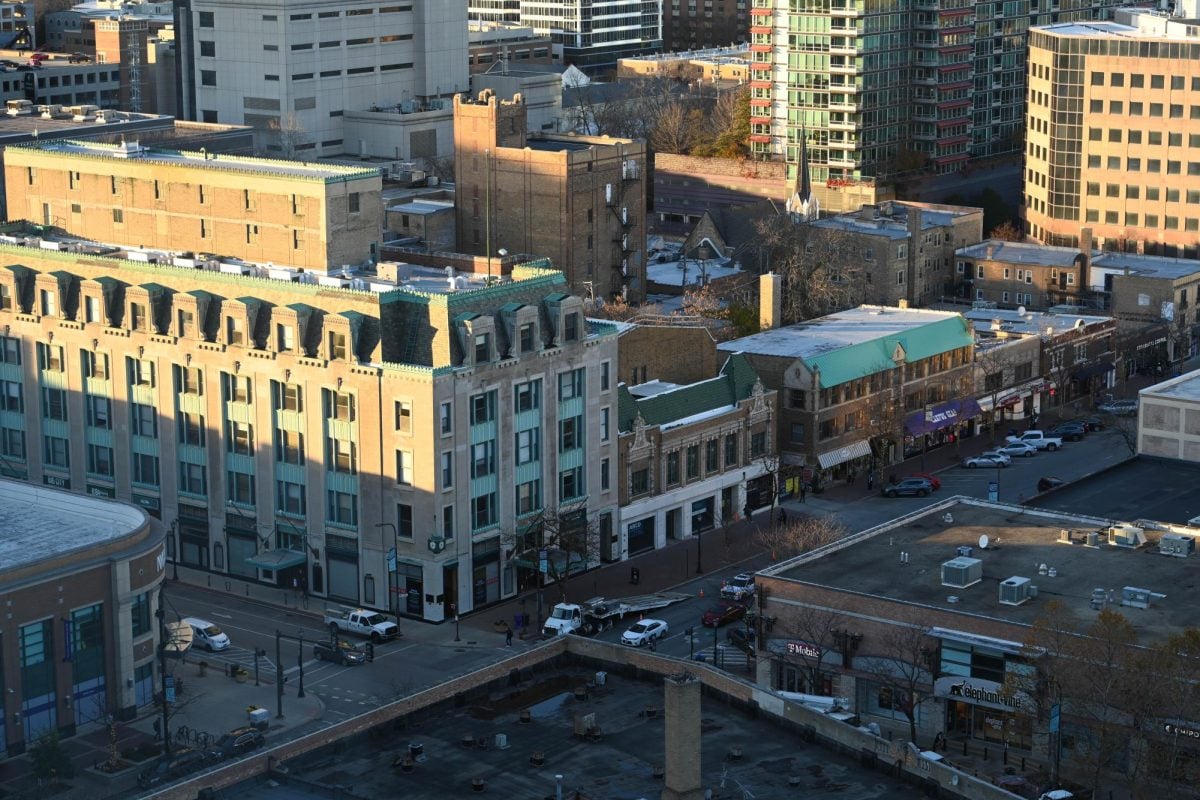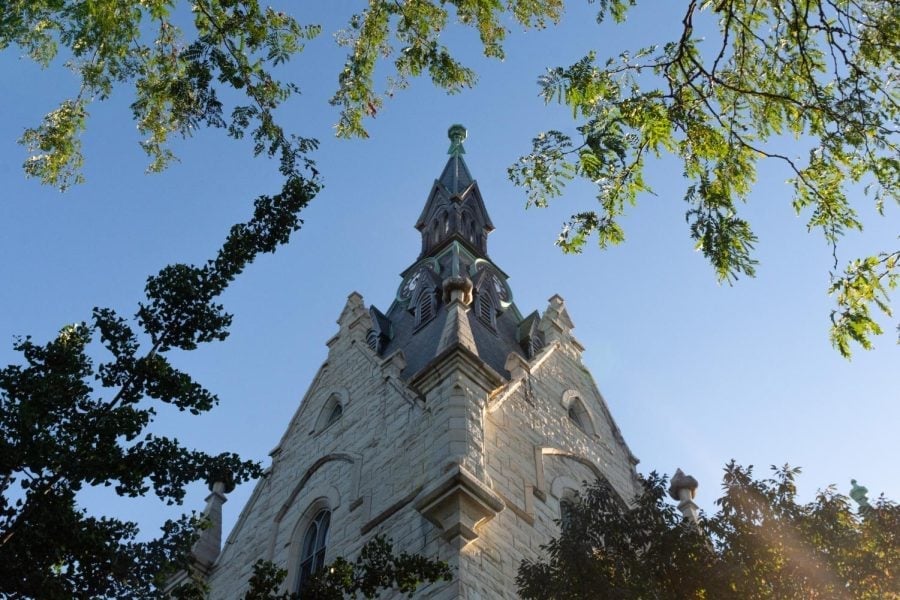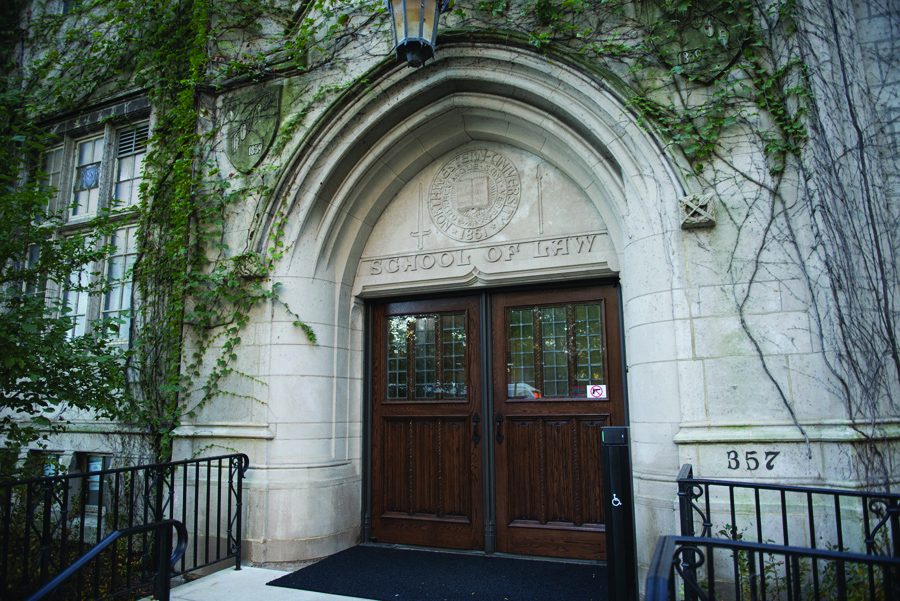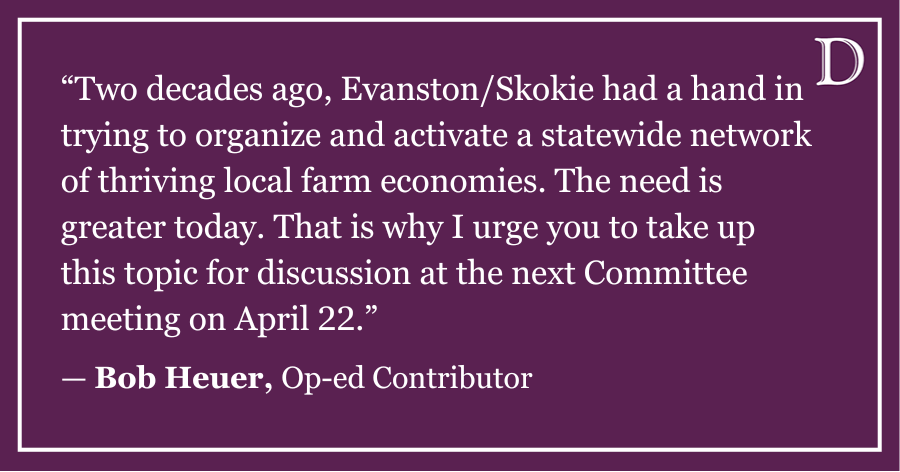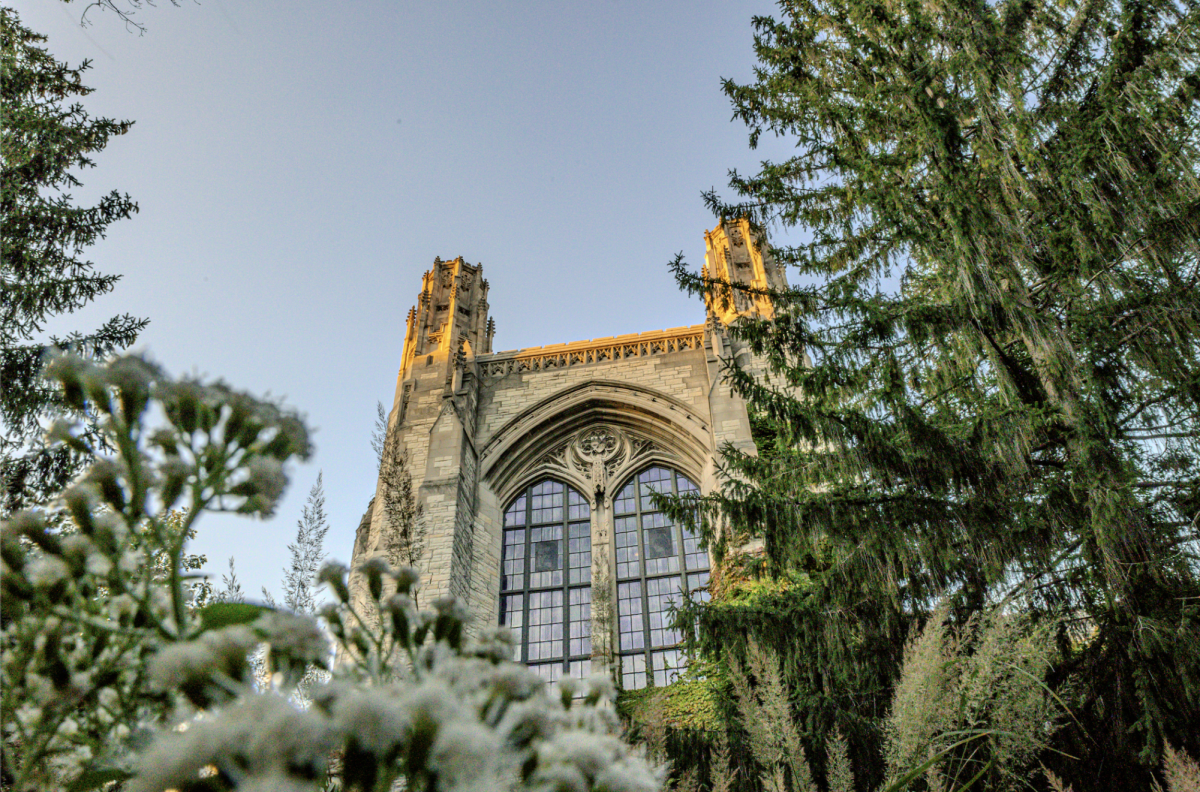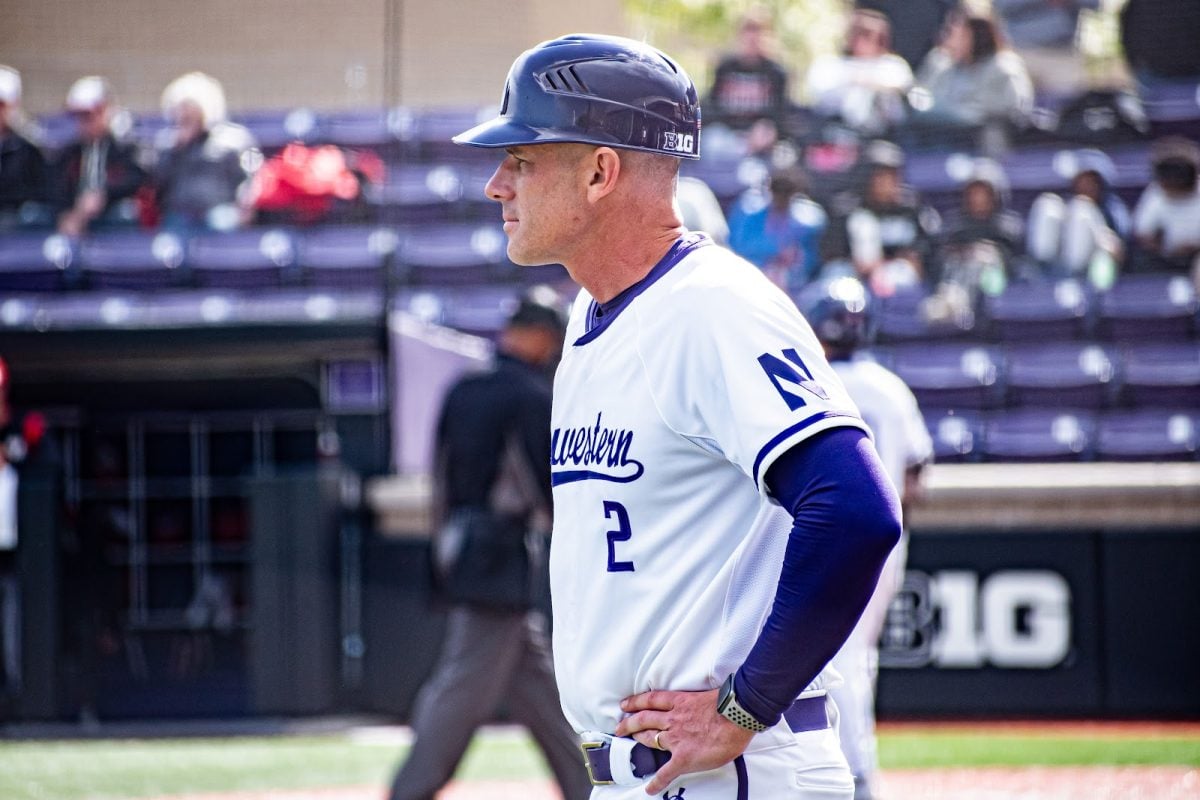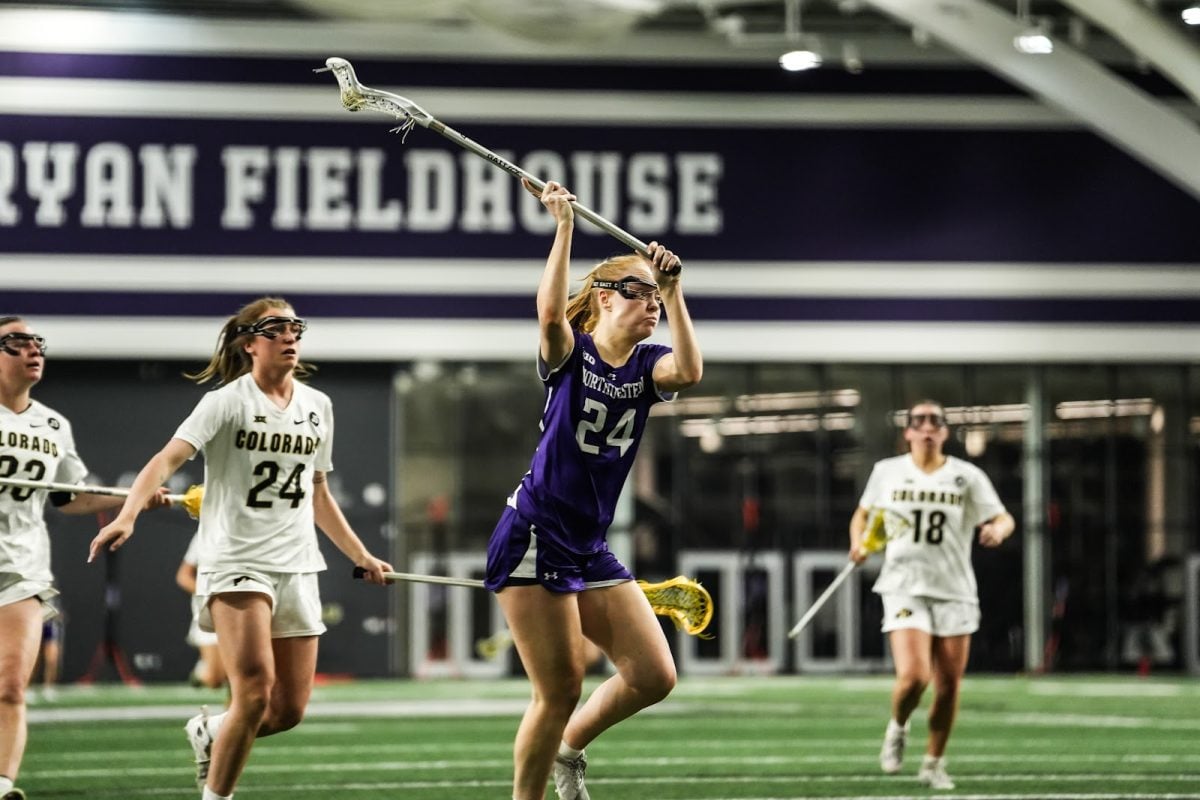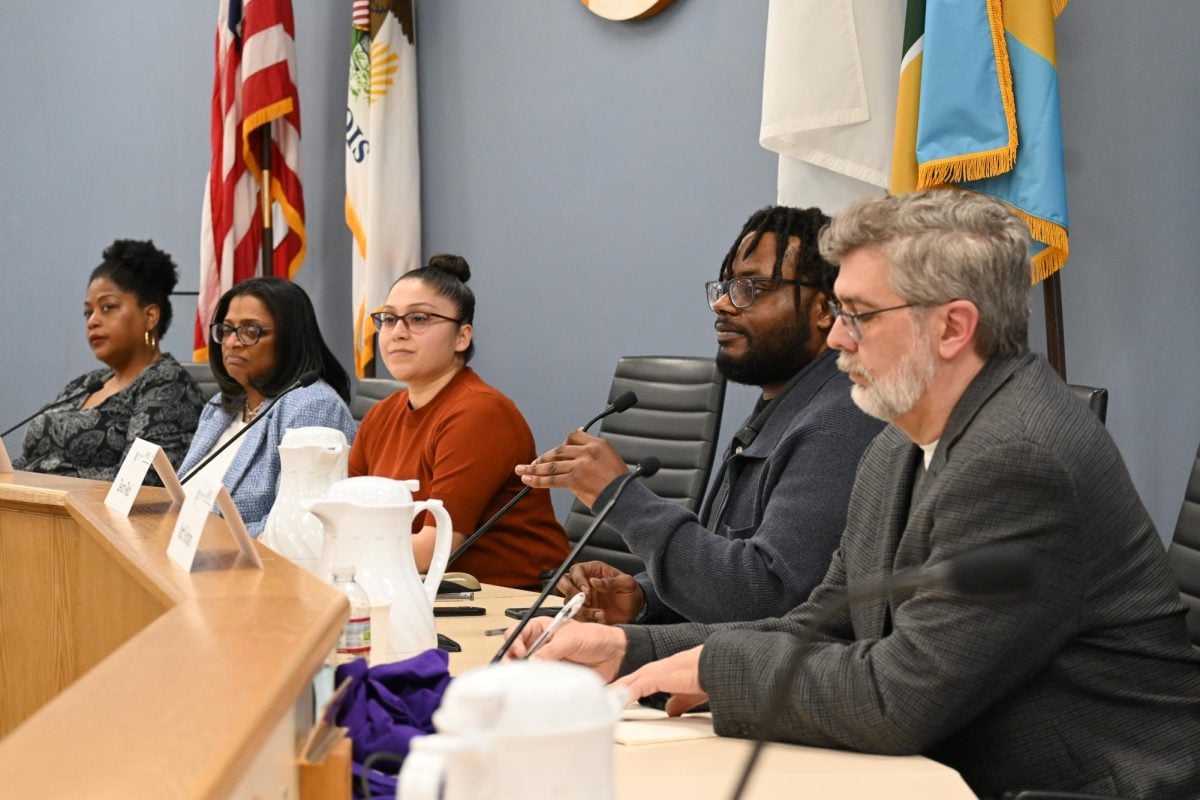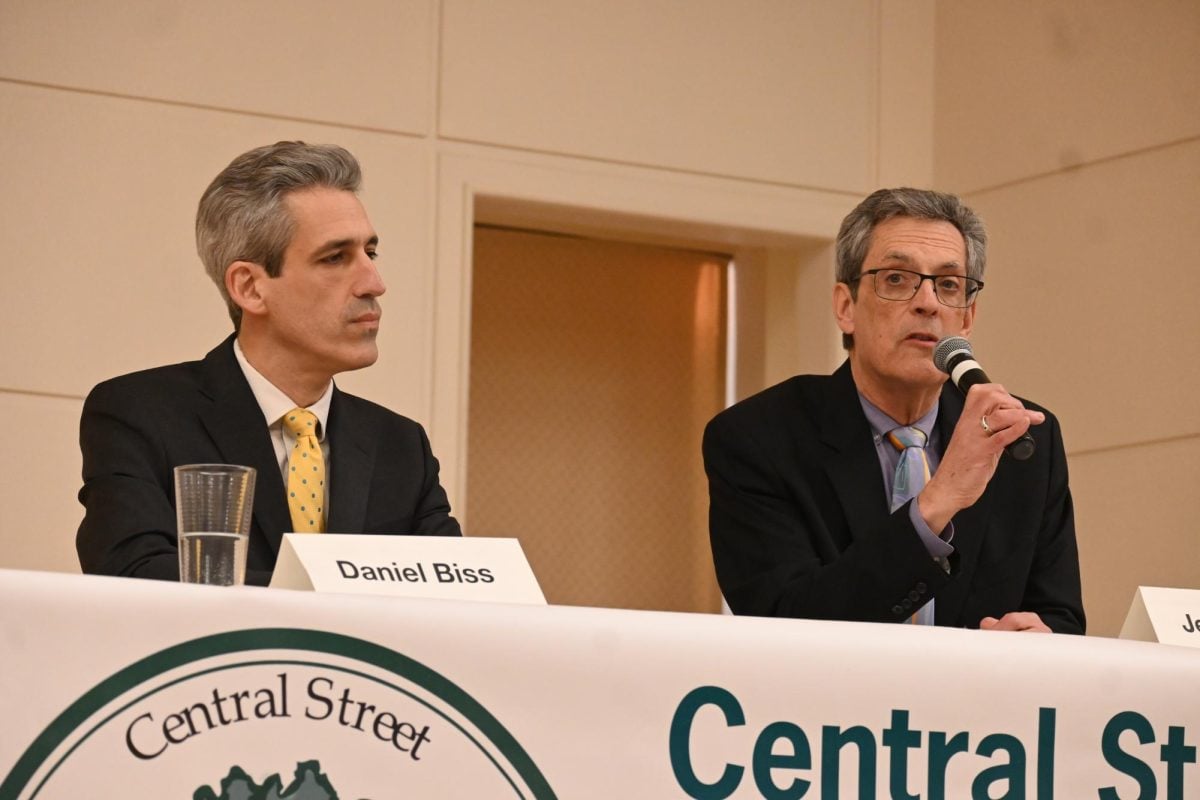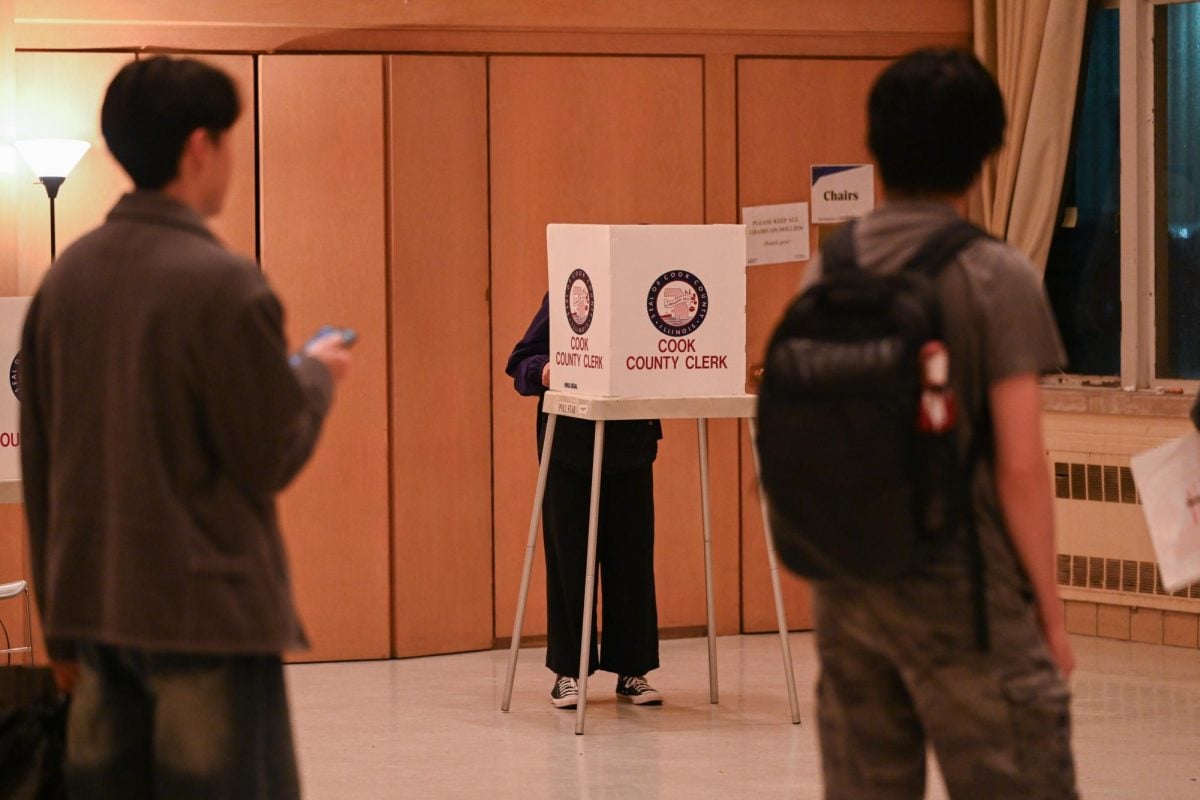Evanston resident Cheryl Henry attended Thursday’s Reparations Committee meeting to understand how she could receive payments from the city.
“This is the first time I’ve actually come in and I want to really understand what’s going on,” Henry said.
Henry was one of about 20 attendees gathered at the Lorraine H. Morton Civic Center to hear updates on the reparations program and provide feedback. Committee chair Robin Rue Simmons, committee member Carlis Sutton and Assistant to the City Manager Tasheik Kerr were present in person, while Ald. Bobby Burns (5th) and Ald. Krissie Harris (2nd) joined the meeting virtually.
At Thursday’s meeting, the committee gave an update on the disbursement of reparations to ancestors — Black residents who lived in Evanston from 1919 until 1969. Descendants have not begun to receive reparations yet, as the selection process is still ongoing.
“City staff has met with 105 ancestor recipients out of the 139 qualified ancestor recipients,” Kerr said. “We have 14 recipients that have informed staff that they would like to take additional time to submit benefits.”
Ninety-one residents in the ancestor group have received disbursements. According to a memorandum published by the Reparations Committee, 50 of these recipients have chosen to receive cash benefits, amounting to a total of almost $1.2 million.
In 2019, Evanston became the first city in the United States to pass a reparations program, which aims to address historical harm done to Evanston’s Black residents. The first reparations initiative, the Restorative Housing program, proposed grants of $25,000 toward house repairs for ancestors.
This year, City Council expanded the program to provide direct cash payments for Ancestors and their Direct Descendants to use at their own discretion. However, the program has drawn criticism for its slow start and a period of prolonged stagnation, during which only 16 residents were receiving disbursements.
Simmons said reparations have reached close to 100 recipients in a short time after some administrative changes — but some attendees raised concerns about those who have still not received payments.
“Please trust and believe it’s on the way,” Simmons said.
Another issue on the meeting’s agenda was the selection process for direct descendants.
Around 400 direct descendants have applied to receive reparations, and Simmons said they will be selected to receive funds through one of two options — a manual process, which was used in the ancestors’ selection, or an electronic process. Attendee Nick Murphy voiced some concerns regarding the use of the latter.
“I want to show support for the selection manual option. While we may not have gotten the optics that we wanted, we did have some optics on it,” Murphy said. “With electronic options, we run the risk of taking away optics at all, and then we are getting that unintended pushback because there was a private electronic auction, even if it is straightforward and honest.”
In response to these issues, Simmons assured the attendees that the committee will work on providing non-digital information and directed everyone who had concerns about their application to Kerr.
“The feedback is very important. It helps us improve it,” said Simmons.“We appreciate every single public comment. All of it is heard and appreciated, even if it is meant to be criticism, it is sharpening our efforts.”
Email: megijamedne2025@u.northwestern.edu
Twitter: @_megija
Related Stories:
— Community advocates celebrate direct cash payment reparations option but push for more funding
— A reparations retrospective: Looking back at Evanston’s historic reparations initiative
— City Council greenlights annual $1 million of real estate transfer tax funds for reparations

